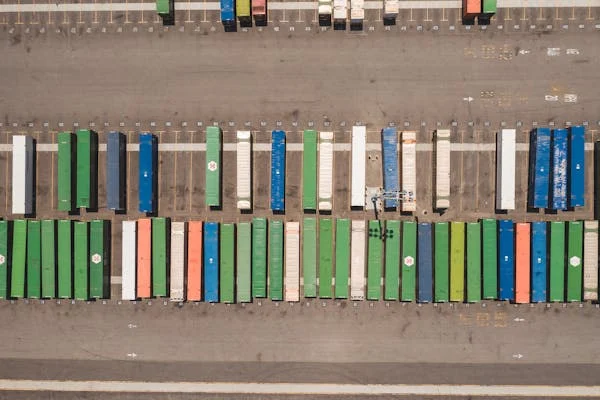Shipping Nylon Cable Ties from Guangzhou/Shenzhen to Marseille Port, France: 20FT/40FT FCL and LCL Options
When shipping nylon cable ties from China (Guangzhou or Shenzhen) to Marseille Port, France, businesses have several shipping options, including full container load (FCL) and less than container load (LCL) services. The following provides a comprehensive overview of the process, as well as packaging recommendations to ensure the goods arrive safely and securely.
Shipping Methods: FCL and LCL
Full Container Load (FCL) Shipping
FCL is the ideal option when you have a larger volume of cargo that fills an entire container. The two most common container sizes for this route are:- 20FT Container
- 40FT Container (Standard or High Cube)
Benefits of FCL:
- Cost-Effective for Large Shipments: Since you’re filling the entire container, FCL offers a more economical rate per unit of cargo for larger volumes.
- Faster Transit Time: With a dedicated container, there is less handling and fewer delays compared to LCL.
- Security and Safety: Your cargo is isolated from other shipments, reducing the risk of damage or theft.
Less Than Container Load (LCL) Shipping
LCL shipping is a suitable choice when your cargo does not fill an entire container. With this method, your goods are consolidated with other shipments in a shared container.Benefits of LCL:
- Cost-Effective for Smaller Shipments: You only pay for the space your cargo occupies in the container, making it an affordable option for smaller shipments.
- Flexible: LCL allows businesses to ship smaller quantities while still benefiting from sea freight pricing.
Sea Freight Transit Time
The estimated transit time for sea freight from Guangzhou/Shenzhen to Marseille is approximately 25 days, depending on the specific shipping schedule and weather conditions. The transit time may vary slightly for LCL shipments due to consolidation and deconsolidation procedures.

Packaging of Nylon Cable Ties
Proper packaging is essential for ensuring the safe arrival of nylon cable ties to their destination. Here’s how you should package the goods:
Primary Packaging
- Poly Bags: Each bundle or pack of nylon cable ties should be wrapped tightly in high-quality, durable polyethylene bags. This ensures that the ties remain clean, dry, and undamaged during transit.
- Sealed Packs: If the shipment includes multiple quantities, consider packaging them in sealed packs that prevent breakage and allow for easier handling upon arrival.
Secondary Packaging
- Cartons: Pack the poly bags into strong corrugated cardboard boxes. Ensure the boxes are of adequate strength to withstand the rigors of sea transportation.
- Box Dimensions and Weight: The cartons should be appropriately sized to minimize empty space and prevent shifting during transit. The weight of each carton should be manageable to facilitate easy handling by laborers.
- Labeling: Clear and precise labeling is important. Labels should include the product name, quantity, and destination details. You can also include “Handle with care” and “Keep dry” labels to ensure proper handling.
Palletizing
- Pallets for FCL Shipments: For full container loads, pallets can help organize and stabilize the cargo. Stretch-wrapping the cartons on a pallet ensures that the items are secured for loading and unloading.
- Shrink Wrapping: If necessary, shrink-wrap the entire pallet to avoid any moisture exposure and ensure no carton is misplaced during transportation.
Protection for LCL Shipments
- Additional Protection: Since LCL shipments involve the consolidation of various goods, your goods may need additional protection. Consider using plastic wrap or other cushioning material (e.g., bubble wrap) to protect them from shifting or damage due to other goods in the container.
Humidity Control
Nylon cable ties are generally not prone to moisture damage, but it’s always a good idea to include desiccants or moisture-absorbing packets inside the packaging to keep the environment dry.
Customs Clearance and Documentation
To ensure smooth customs clearance at both the origin and destination ports, the following documents will be required:
- Bill of Lading (BOL)
- Commercial Invoice
- Packing List
- Certificate of Origin (if applicable)
- Insurance Certificate (for CIF shipments)
- Import Declaration for France
A Customs broker may be needed in France to handle any taxes, duties, or other regulatory requirements.



